Instructions for clearing the cache in the Google Chrome browser
Each page you visit through a particular browser is partially stored in the cache. The program automatically does this in order to speed up page loading and display of “heavy” data: drawings, photographs, animations and videos the next time you visit. Caching web pages saves not only your time, but also traffic, which is important for those who use tariff packages and mobile providers.
Why clear the cache
Sometimes the number of pages visited is so large that the cache takes up a lot of space on the user's hard drive. As a result of browser crashes or improper closing, a cache of the same pages can accumulate for years. Before downloading data from the global network, the site you are requesting will look for the possibility of displaying from the saved files. Many copies will not only slow down the selection of the required data, but may also load old and irrelevant images.
Especially often, cache problems arise on resources with adaptive and frequently changing design or equipped with animation (for example, online games, chats). Such pages require constant updating of data. Thus, each open or close failure adds a new copy to the store, which will become a problem the next time it is displayed.
Cleaning methods
Modern browsers have many flexible settings and allow you to clear accumulated data in many ways: both using hotkeys and manually by editing program settings.
Before you start cleaning up unnecessary files, you need to carefully select the deletion options in your browser, since along with the page cache, you can clear saved addresses and authorization forms on sites.
In order to avoid problems, make sure that you remember the necessary identification data for your accounts (login, password) or do not check the corresponding section.
Video: clear cache in Google Chrome
Menu Setup and control
The easiest way to clear the cache in Google Chrome is to use the standard settings menu. To do this you need to do the following:
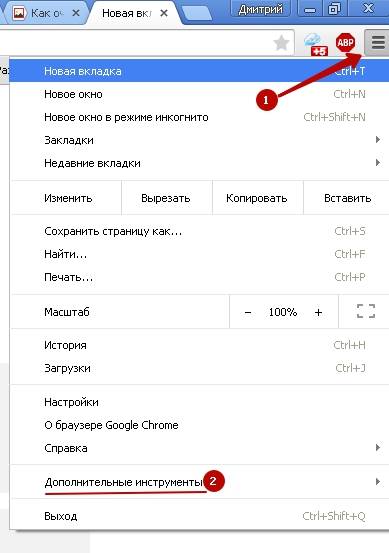
After some time, which may vary depending on the number of files being deleted, the program will display a message indicating that it has completed its work.
Command “chrome://history/”
Chrome has become one of the most popular browsers thanks to many settings and plugins that allow you to manage it at a professional level and open up the opportunity to make it as convenient as possible for yourself.
The functionality of program management has been expanded with the help of commands that can be executed from the address bar. There is also a command that allows you to open a window with the history of page visits.
Computer power supply diagram. The device and principle of operation. Here.
To get there, you need to follow these few steps:
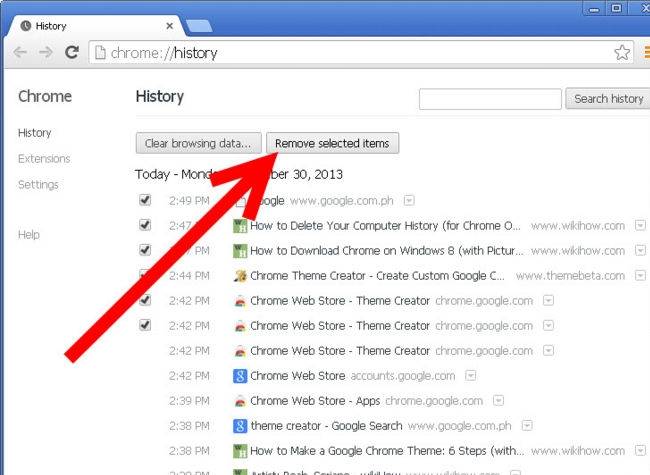
Clear cache in Chrome using hotkeys
You can not only enter the settings for managing data and files of visited pages manually, they can also be called up using keyboard key combinations. This method can be especially useful if you are designing a website and viewing it through the Chrome browser in its finished state on the server, or if entering the settings is blocked by viruses, which are often found in the cache.
Ctrl+Shift+Del to quickly clear data
The Ctrl+Shift+Del key combination will allow you to immediately go to the selection of files to delete, without entering any data or opening any settings.
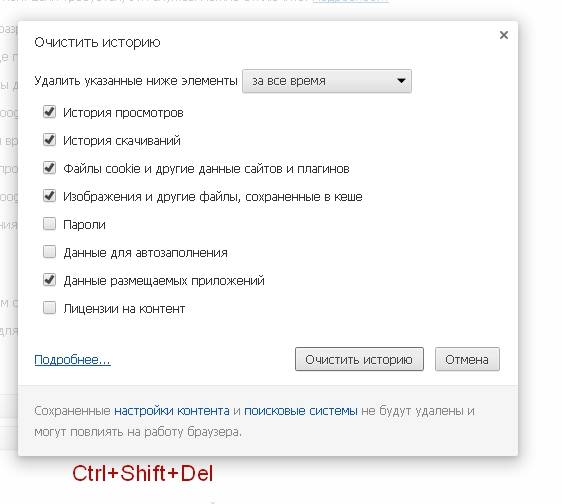
You may need to perform this or that operation instantly, and calling the data clearing control window using a key combination will undoubtedly come in handy.
Ctrl+H to enter history
If you need to delete several history entries, or the previous combination does not work for some reason, you can view the list of visited sites using the Ctrl+H combination.
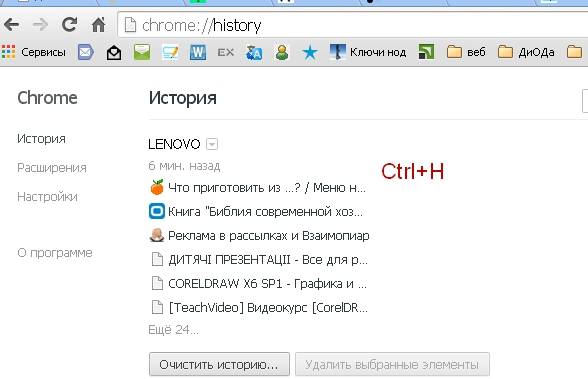
You can completely delete data from visited resources, including the cache, from this window using the “Clear history” button;
Deleting temporary files
In addition to the records stored in history and the heavy files that represent the bulk of the cache, there are temporary files called cookies. They store authorization data on websites, search queries and completed forms with personal data. For security reasons or if problems arise, it is recommended to completely clear all temporary files. As a rule, each browser has its own folder for storing them.
To delete or manage all temporary files, follow these steps:
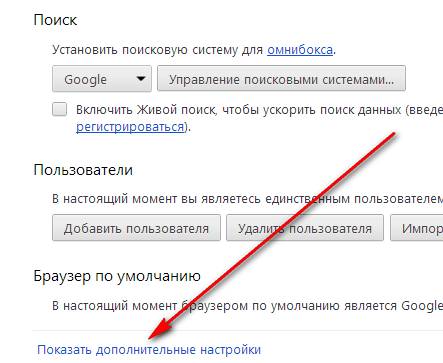
If you have a problem displaying a page, do not rush to reinstall your browser or demand “normal” Internet from your provider. First, try clearing the cache and other temporary information stored by resources. Most problems with websites not loading correctly are due to erroneous loading of outdated files and data.
>






